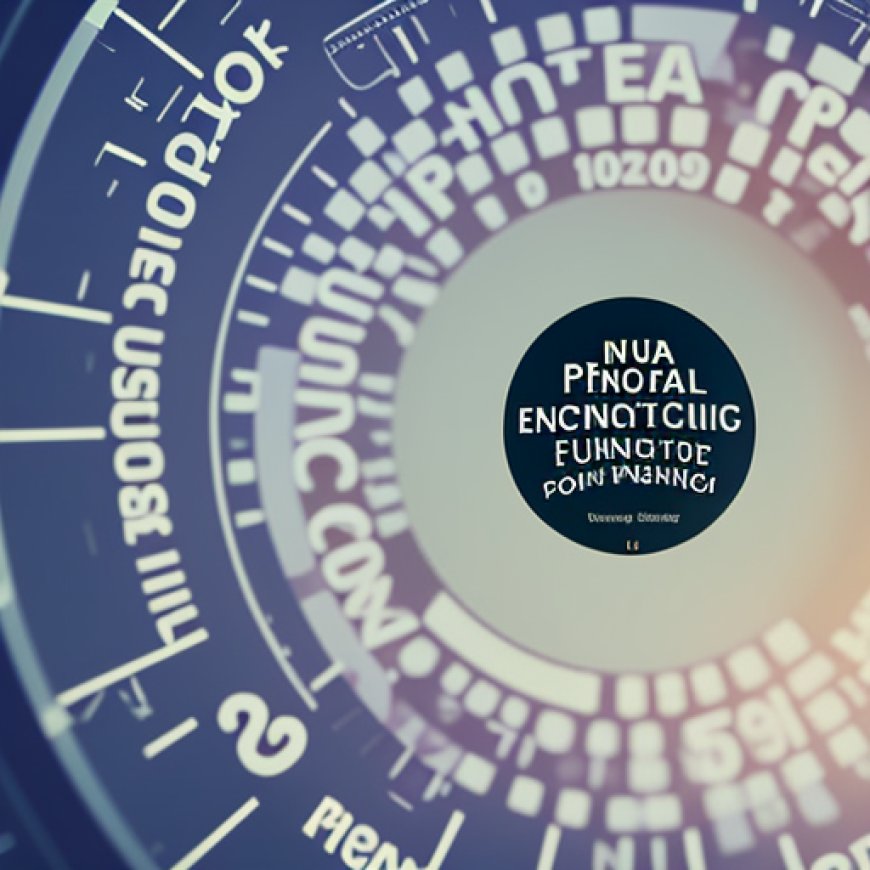Annual circular economy funding application period now open
Annual circular economy funding application period now open The Longmont Leader


NEWS RELEASE
BOULDER COUNTY
It’s that time of year again when local businesses and organizations can apply for county Zero Waste funds to help launch or grow their circular economy-related projects or programs.
The application period is now open and closes on Wednesday, Sept. 6. Applications are currently available on the program webpage.
The Circular Economy Funding Program, formerly known as ‘Zero Waste Funding’, has been in place for the past 26 years and has provided over $1.5 million to local groups seeking to advance the circular economy and make a real impact on climate change through innovative and progressive projects that enhance resource conservation and foster circularity in Boulder County.
Funding breakdown
The $100K total funding is divided into two funding categories for applicants:
- $25K dedicated to smaller projects with a minimum request of $1,000 and a maximum of $15,000
- $75K dedicated to larger projects with a minimum request of $30,000 and a maximum of $75,000
The use of matching funds is not required. Local governments, non-profits, school districts, individual schools and private companies may apply as long as the scope of work is within Boulder County and county-related insurance requirements are met.
“I really want to encourage any person, group, or business with an idea for preventing or even reducing non-recyclable, non-reusable, or non-compostable materials from being sent to a landfill,” said Public Works Resource Conservation Division Zero Waste program manager, Cody Lillstrom. “We have some incredibly smart and talented individuals in this area who I know can help further the county’s goal of eliminating waste and building the county and region’s circular economy.”
The funds for this program come from the county’s sustainability tax. Examples of previous funding awards go Boulder Valley School District’s (BVSD) Food Services purchase and implementation of a system, LeanPath, to reduce food waste in their commercial kitchen that supplies food to all BVSD schools.
For more information, visit the circular economy funding webpage, or contact Cody Lillstrom at [email protected] or call 720-564-2220.
SDGs, Targets, and Indicators
1. SDGs Addressed or Connected to the Issues Highlighted in the Article
- SDG 12: Responsible Consumption and Production
- SDG 13: Climate Action
The article discusses the Circular Economy Funding Program, which aims to advance the circular economy and make an impact on climate change through resource conservation and circularity. This aligns with SDG 12, which focuses on promoting sustainable consumption and production patterns. Additionally, the program’s goal of reducing waste and building a circular economy is connected to SDG 13, which aims to take urgent action to combat climate change and its impacts.
2. Specific Targets Based on the Article’s Content
- Target 12.2: By 2030, achieve the sustainable management and efficient use of natural resources.
- Target 12.5: By 2030, substantially reduce waste generation through prevention, reduction, recycling, and reuse.
- Target 13.2: Integrate climate change measures into national policies, strategies, and planning.
The article mentions that the Circular Economy Funding Program aims to enhance resource conservation and foster circularity. This aligns with Target 12.2, which focuses on sustainable management and efficient use of natural resources. The program also seeks to reduce waste by preventing, reducing, recycling, and reusing materials, which relates to Target 12.5. Additionally, the program’s goal of making an impact on climate change through innovative projects aligns with Target 13.2.
3. Indicators Mentioned or Implied in the Article
- Indicator 12.2.1: Material footprint, material footprint per capita, and material footprint per GDP.
- Indicator 12.5.1: National recycling rate, tons of material recycled.
- Indicator 13.2.1: Number of countries that have integrated mitigation, adaptation, impact reduction, and early warning measures into their national policies, strategies, and planning.
The article does not explicitly mention indicators, but the identified targets can be measured using the following indicators. Indicator 12.2.1 can be used to measure progress towards Target 12.2 by assessing the material footprint and its relation to population and GDP. Indicator 12.5.1 can measure progress towards Target 12.5 by tracking the national recycling rate and the amount of material recycled. Indicator 13.2.1 can measure progress towards Target 13.2 by evaluating the number of countries that have integrated climate change measures into their policies and planning.
Table: SDGs, Targets, and Indicators
| SDGs | Targets | Indicators |
|---|---|---|
| SDG 12: Responsible Consumption and Production | Target 12.2: By 2030, achieve the sustainable management and efficient use of natural resources. | Indicator 12.2.1: Material footprint, material footprint per capita, and material footprint per GDP. |
| SDG 12: Responsible Consumption and Production | Target 12.5: By 2030, substantially reduce waste generation through prevention, reduction, recycling, and reuse. | Indicator 12.5.1: National recycling rate, tons of material recycled. |
| SDG 13: Climate Action | Target 13.2: Integrate climate change measures into national policies, strategies, and planning. | Indicator 13.2.1: Number of countries that have integrated mitigation, adaptation, impact reduction, and early warning measures into their national policies, strategies, and planning. |
Behold! This splendid article springs forth from the wellspring of knowledge, shaped by a wondrous proprietary AI technology that delved into a vast ocean of data, illuminating the path towards the Sustainable Development Goals. Remember that all rights are reserved by SDG Investors LLC, empowering us to champion progress together.
Source: longmontleader.com

Join us, as fellow seekers of change, on a transformative journey at https://sdgtalks.ai/welcome, where you can become a member and actively contribute to shaping a brighter future.







